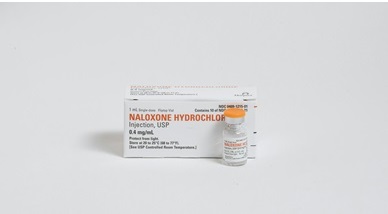Assessing the current portfolio:
Begin by analyzing the existing product portfolio, including
sales data, revenue, profitability, market share, and customer feedback. Categorize products
based on their performance and identify any gaps or redundancies.
Establishing strategic objectives:
Define your strategic objectives and priorities. These may
include maximizing profitability, increasing market share, entering new markets, targeting
specific customer segments, or adapting to changing market trends.
Conducting market research:
Gain insights into market trends, customer preferences, and
competitors' offerings. Identify emerging opportunities, potential threats, and unmet customer
needs. This information will help you align your portfolio with market demands.
Evaluating product performance:
Evaluate each product's financial performance, including
revenue, costs, margins, and return on investment (ROI). Consider factors such as sales
volume, growth potential, product lifecycle stage, and contribution to overall profitability.
Applying portfolio analysis techniques:
Use portfolio analysis techniques like the BCG
matrix, product life cycle analysis, and SWOT analysis to assess each product's position in the
market and its growth potential. This analysis helps identify high-potential products, cash cows,
stars, and underperforming products.
Making strategic decisions:
Based on the analysis, make decisions about which products to
invest in, which to divest or retire, and which to maintain. Allocate resources accordingly,
considering factors such as market potential, competitive landscape, synergies between
products, and the company's overall strategy.
Implementing and monitoring:
Execute the decisions made, which may involve launching
new products, discontinuing underperforming ones, or modifying existing offerings.
Continuously monitor the performance of the portfolio, track market dynamics, and make
adjustments as needed.Iterative optimization:
Product portfolio optimization is an ongoing process. Regularly review and refine your portfolio
based on market changes, customer feedback, and performance metrics. Seek opportunities for
innovation, diversification, or consolidation to stay competitive.
It's worth noting that the specific approach to product portfolio optimization may vary depending
on the industry, company size, and strategic goals. Companies often seek the expertise of
product managers, market analysts, and strategic consultants to assist in this process.



